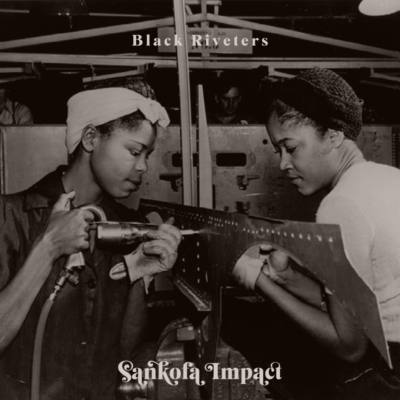The World War II iconography of Rosie the Riveter is well known—a white woman dressed in coveralls and a bandana, ready to work, flexing her bicep with a determined expression. She symbolized strength and resilience, becoming an enduring emblem of white women entering the workforce during the war.
By the mid-20th century, the second wave of the Great Migration saw Black Americans leaving the Jim Crow South to escape widespread racial terror. Many were drawn to new job opportunities in northern and western cities like Los Angeles, Oakland, and Seattle, particularly Black women seeking industrial and wartime employment.
Among them was Josie Dunn, a Black woman who migrated from Oklahoma, where she had labored in cotton fields before securing work in Seattle as a riveter at Boeing. Black women in these roles were known at the time as “Black Rosies,” a testament to their contributions to the war effort. Dunn built a successful 38-year career at Boeing, retiring in 1981.
Ms. Dunn lived in the Central District, becoming a pillar of the community. Her story reflects Black excellence and perseverance in an era marked by racism and discrimination. The “Black Rosies” remain an integral part of WWII history and the legacy of the Great Migration in cities like Seattle.

